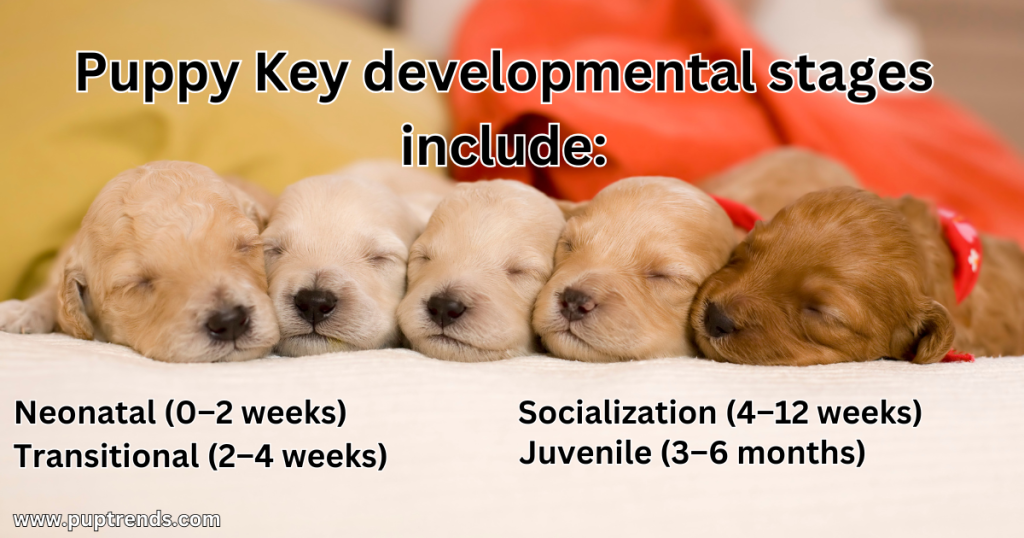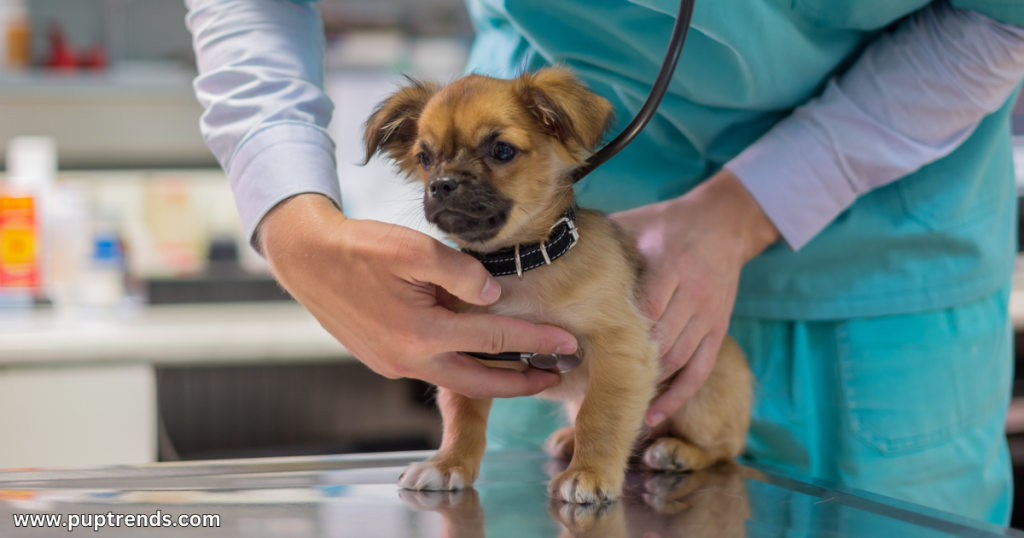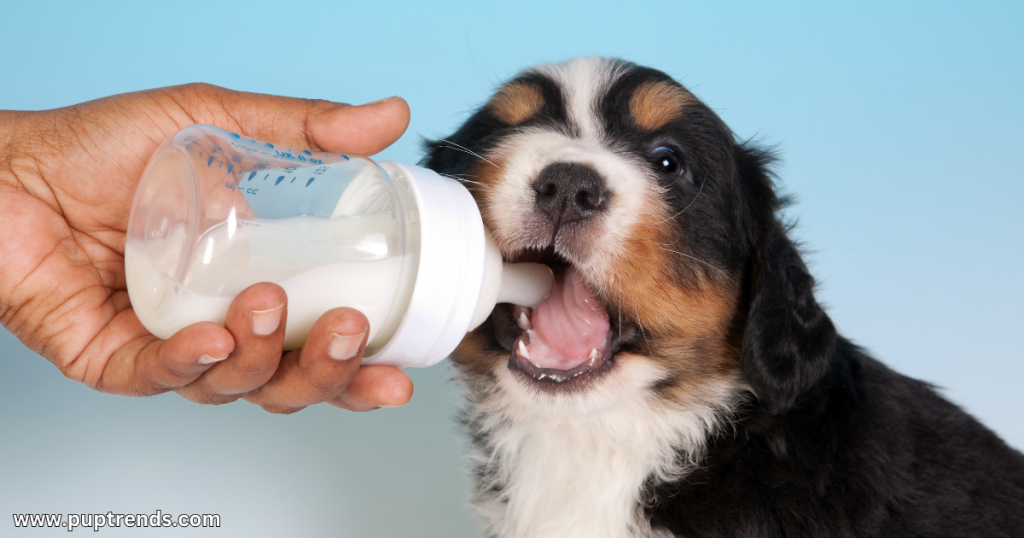A puppy is more than just an adorable ball of fur—it’s a dog in its earliest stage of life, characterized by rapid growth, curiosity, and foundational learning. But how exactly do experts define this beloved phase of canine development? Let’s break down the science, behavior, and key traits that make a dog a “puppy.”
The Technical Definition: Age and Development
By definition, a puppy is a juvenile dog, typically ranging from birth to 12–24 months old, depending on the breed. Smaller breeds (e.g., Chihuahuas, Dachshunds) mature faster, often reaching adulthood by 12 months, while larger breeds (e.g., Great Danes, Saint Bernards) may remain “puppies” until 18–24 months due to prolonged growth periods.
Key developmental stages include:

- Neonatal (0–2 weeks): Blind, deaf, and fully dependent on their mother.
- Transitional (2–4 weeks): Eyes and ears open; first wobbly steps.
- Socialization (4–12 weeks): Critical period for bonding, fear prevention, and habit formation.
- Juvenile (3–6 months): Teething, increased independence, and basic training readiness.
Behavioral Traits of Puppyhood
Puppies exhibit distinct behaviors that set them apart from adult dogs:
- Playfulness: Frequent zoomies, chewing, and mock “fighting” to build social skills.
- Curiosity: Exploring environments with their mouth and nose.
- Rapid Learning: Their brains are primed to absorb commands, routines, and social cues.
These behaviors are driven by high energy levels and a developing nervous system, making early training and socialization essential.
Why the Puppy Stage Matters

This phase lays the groundwork for a dog’s lifelong health and temperament. Key priorities during puppyhood include:
- Vaccinations and vet care to prevent diseases.
- Positive reinforcement training to shape good habits.
- Proper nutrition to support bone, muscle, and cognitive development.
Neglecting these needs can lead to behavioral issues or health complications later in life.
When Does a Puppy Become a Dog?

A puppy transitions to adulthood when it reaches sexual maturity (6–24 months, depending on breed) and skeletal maturity (growth plates close). Behavioral maturity—calmer demeanor, reduced chewing—often lags behind physical growth.
Final Thoughts
A puppy is defined by its age, developmental milestones, and exuberant personality. Understanding this stage helps owners provide the right care, setting their furry friend up for a happy, healthy adulthood. Whether you’re adopting a 8-week-old Labrador or a 1-year-old German Shepherd, recognizing their “puppy” needs ensures they thrive.
FAQ
Q: What age is a dog no longer a puppy?
Most dogs exit puppyhood between 1–2 years, varying by breed size.
Q: Can a 6-month-old dog still act like a puppy?
A: Absolutely! Energy and curiosity often persist until full maturity.
Q: Do puppies need special food?
A: Yes—high-protein, nutrient-dense puppy formulas support their rapid growth.
For more puppy care tips, explore our guides on socialization and training essentials.



1 comment
A WordPress Commenter
Hi, this is a comment.
To get started with moderating, editing, and deleting comments, please visit the Comments screen in the dashboard.
Commenter avatars come from Gravatar.